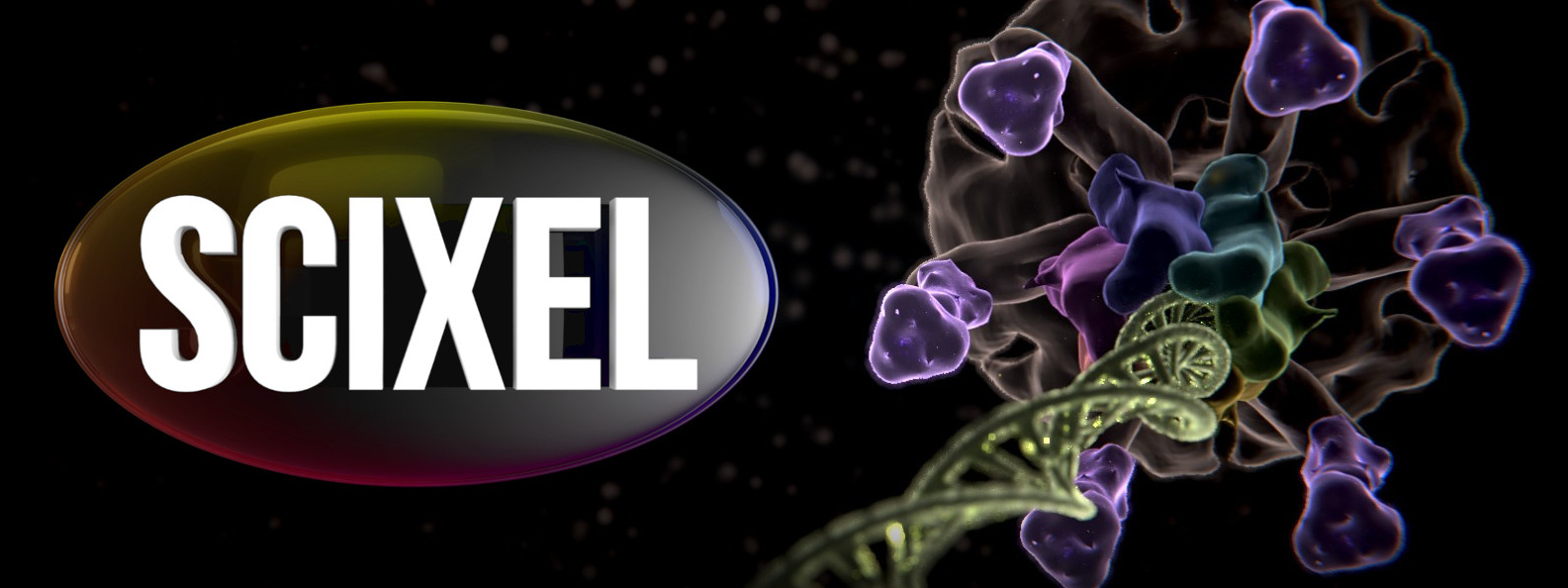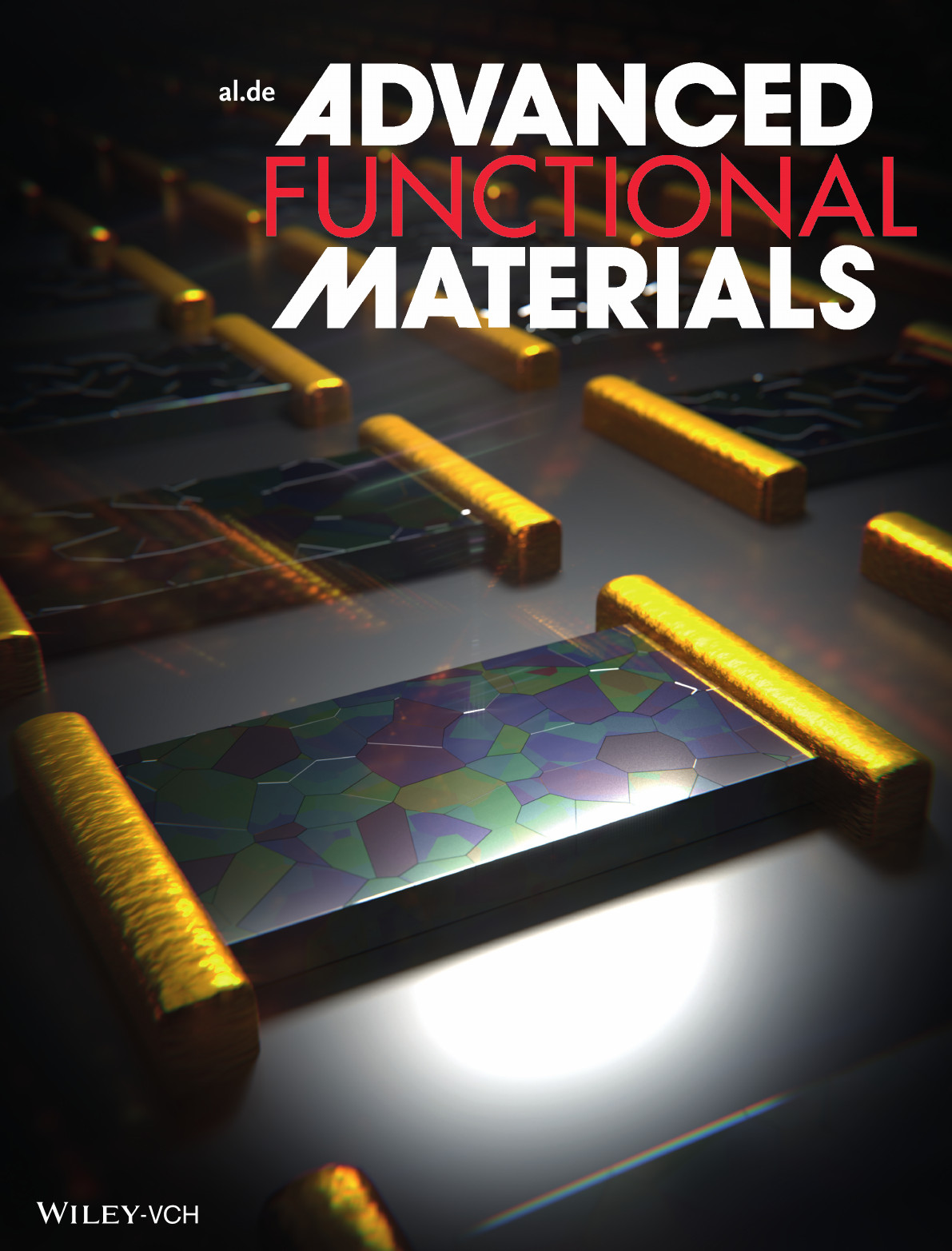Despite his age, Dr. Mario Lanza has a long experience and deep knowledge on the physics and development of micro and nanoelectronic devices. In this recent article he an his coworkers discuss “the main challenges and potential solutions towards the fabrication of field effect transistors with 2D semiconducting channels”. In particular, there is a useful analysis on how this technology, now dealing with sizes that approach the interatomic distances, could be implemented in the current semiconductor industry.
This picture we did for him was featured on the cover of Advanced Functional Materials.



